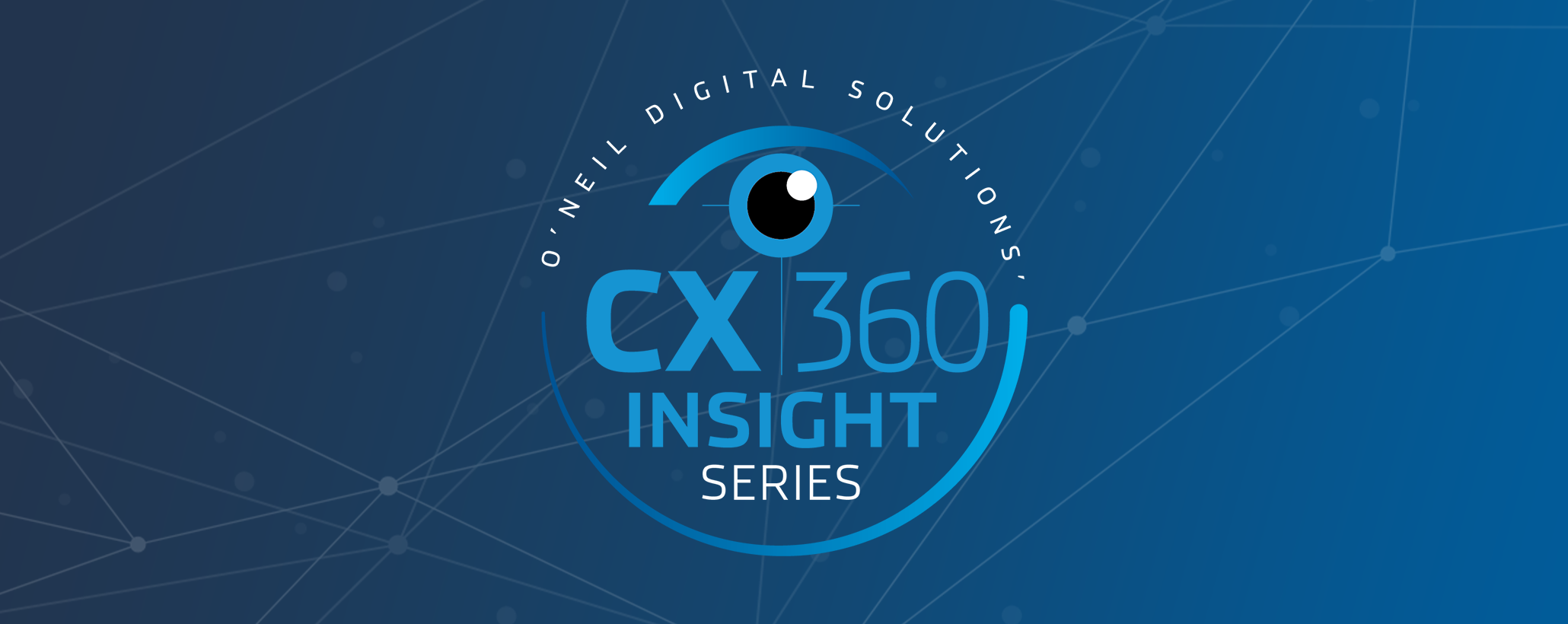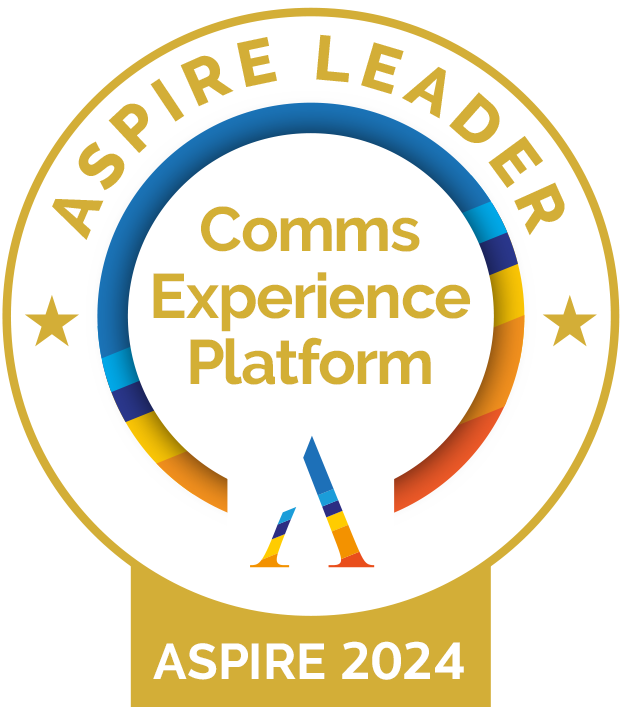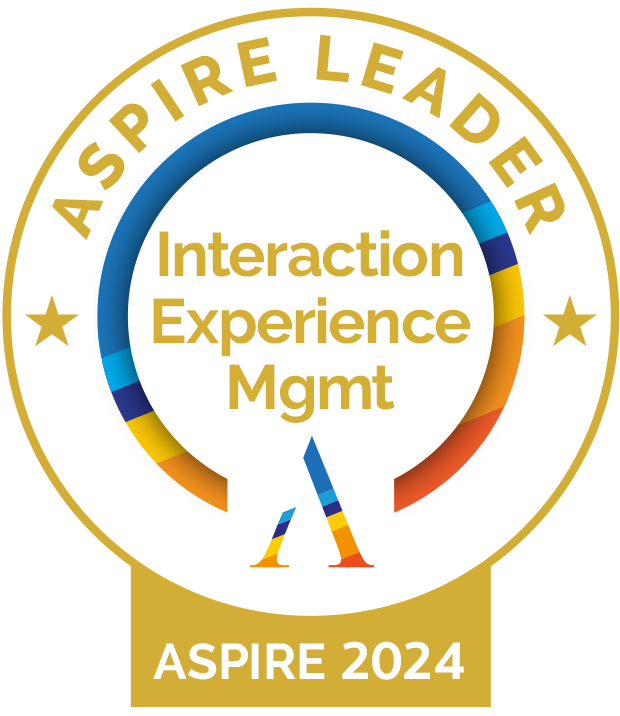It’s nearly impossible to create a campaign that targets every member of your audience with the same message or offer. As you likely know, an effective strategy attracts and engages the right person with the right message at the right time. A baby boomer has vastly different needs and attitudes than a millennial, hence each person requires different content. You also wouldn’t leverage the same channels because their technology usage and preferences don’t necessarily align.
Taking the needs of different generations into account, known as generational marketing, has become a prerequisite for success, especially for financial services firms working with diverse audiences. With the quickly approaching Great Wealth Transfer, during which approximately 84 trillion dollars will be transferred from one generation to the next, you can’t afford to ignore generational differences.
But first, a quick PSA
Before we dive into each generation’s attitudes and communications preferences, it’s important to note that generation alone should not be the only focus of your CCM strategy. Effective segmentation takes a variety of factors into account, including geography, income, interests, behaviors, etc. With platforms such as ONESuite, you can create well-rounded buyer personas and segments utilizing robust predictive analytics. While it’s useful to build generational data into customer profiles, you don’t want to overlook other key insights that may influence campaign tactics.
All that said, each generation brings a different mindset, largely based on the influential trends, socioeconomics, cultural values, etc. of their time. Some groups respond well to technology and innovation. Others bring a desire to remain in their comfort zone with little change in the products and services they’re accustomed to. Essentially, the generational marketing strategy was born when practitioners understood that each age group responds to different messages on different channels. You must meet your audience where they are – meaning the channels with which they engage – to net good results.
Talking about our generations
Now that we’ve established the importance of understanding generations, we can dive into their distinct channel preferences and other differences, plus some of surprising similarities. For the purposes of this article, we’ll share information about the generations that are most active in today’s financial services market, including Baby Boomers, Generation X, Millennials, and Gen Z.
Baby Boomers
Born between 1946 and 1964, Baby Boomers grew up following World War II. Despite their trepidation for new technology, they maintain the highest value as consumers today and are willing to spend the most money on travel, shopping trips, and even technology.
As they exceed or hit retirement age, they are an attractive audience for wealth management and financial planning firms to support through the next phase of their lives. But it’s critical to know that they do have more complex financial obligations, compared to younger generations. They’re also targeted by fraudulent offers, which may make them skeptical of technology and digital finance tools.
If you’re communicating with them, offer assurances regarding data privacy and protection. Other important engagement tips for engaging Baby Boomers:
- Ensure communications are accessible across print, mobile phone, and digital channels
- Provide personalized education about your digital platforms and tools before expecting them to create a profile
- Clearly communicate security and fraud prevention measures to help them overcome fears of being targeted by phonies
- Offer opportunities to speak with or meet a real planner or customer support representative who can answer questions and calm any worries or doubts
Generation X
If you were born between 1965 and 1980, then you are part of Generation X. While they’re a much smaller audience compared to the generations that came before and after, they’re also in their prime spending and saving years.
As the first generation to experience the Internet explosion, you’ll likely find them using social media such as Facebook and YouTube. But they certainly don’t neglect traditional advertising. They’re ideal for omnichannel campaigns because they use both digital and traditional channels to do their research. Other important tidbits and tips for Gen X:
- Offer authentic, straightforward communications that provide clarity about products and services. They grew up highly independent and self-sufficient and didn’t have time for useless details.
- Deliver communications across a variety of channels to reach them. Don’t be surprised if it takes an email, letter, mobile text, and retargeting ads to attract their interest
- Create customized offers and rewards to engage them. When you show you care, you’ll often be rewarded with their loyalty.
Millennials
Subject to many stereotypes, millennials have taken over the workplace and outnumber Baby Boomers. Born between 1981 and 1999, they came of age during the 2000s and experienced the aftermath of 9/11. They are widely criticized in popular culture and social media; however, this generation is an extraordinary force of financial prowess. Having entered the job market following the 2008 economic crash, they are the largest generation of entrepreneurs. Many of them report living paycheck to paycheck, but they’re likely to inherit vast wealth from Baby Boomers.
Having grown up with modern technology, they’re sophisticated users of social media and digital platforms. They are less responsive to traditional advertising tactics and rely on word of mouth and user-generated content much more than older generations. Other important takeaways about millennials include:
- Ensure your mobile app and digital platforms are best-in-class; millennials are heavy users of technology and don’t have patience for poor user experiences.
- Ask other customers, especially millennials, to provide testimonials that can be placed on your different channels. This generation prefers to hear directly from people who carry similar attributes or have walked in their shoes.
- Provide services to help them make the most of their money; consider customized videos or interactive guides related to budgeting, long-term saving, and retirement.
- Share how your firm gives back to important social or environmental causes. Compared to other generations, Millennials care more about social issues and sustainability than matters of the economy.
Generation Z
Young, diverse, tech-savvy, easily influenced – these are just a few of the labels attached to Gen Z. Born between 1996 and 2012, this generation may not be your ideal audience today but you can’t hesitate to plan ahead for them.
Unlike their parents and grandparents before them, they possess more wealth at a younger age. They’re financially minded and interested in their financial health according to a recent survey by Goldman Sachs. They’ve grown up and entered the job market during a period of global upheaval (i.e. COVID-19) and financial instability, so it’s no wonder they desire security and clarity.
To engage Gen Z through communications, it’s important to:
- Provide the tools and training they need to make the most of their money; if you do, you just might win their trust for life.
- Communicate your firm’s security measures; Gen Zers know that their sensitive data is at risk and are willing to follow protocols to keep their personal information as safe as possible.
- Ensure your financial planners and other staff can access data easily so they can provide Gen Z with quick answers over text or online applications.
- Gain testimonials from influencers and customers among their generation. When they see someone else their age achieving financial success with your help, they’re likely to follow the example.
ONEsuite helps you engage every generation
As a financial firm, you need to communicate effectively with all of your clients and prospects, supporting their goals, needs, and hopes for their future. As immense amounts of wealth begin to change hands from one generation to the next, this objective has never been more important.
As you consider how to segment your audiences and operationalize omnichannel campaigns, you need a comprehensive, centralized CCM platform to ensure your messaging reaches the right people at the right time in the right places. A sophisticated partner with financial industry expertise is the best way to go – and that’s O’Neil Digital Solutions. Our comprehensive CCM solution, ONEsuite, allows you to reach current and prospective clients through every print and digital channel. We empower you to build communications that live up to every generation’s expectations.
Understanding how each generation of clients prefers to make contact with your wealth management firm, and what they want to discuss, is the first step in creating a comprehensive client communication plan that gets results. The next step, however, is to operationalize that plan and to do so in a way that is cost-effective and offers an opportunity for growth. To put an omnichannel communication strategy in place, you need a centralized system to ensure your communications are personalized and relevant, reaching clients with relevant offers at the right moment, through the right channel. A modern CCM solution will allow you to reach clients through channels including PDF, HTML, email, SMS, IVR, Web, print, and more, so you can create a communication plan as multi-faceted as your client base.










